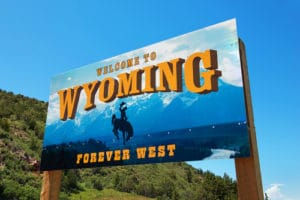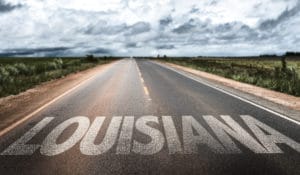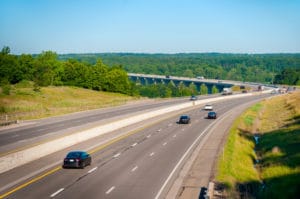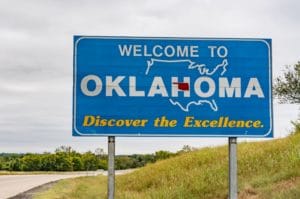Alaska has the image of a rough-and-tumble state populated by hearty pioneers unafraid of danger. That may be true. But Alaskans are also safety minded. From child car seats to seat belts, residents of the Last Frontier make safe and conscientious drivers.
Don’t believe us? Just look at the stats.
Alaskans buckle up at an exceptionally high rate compared to most other states. Data compiled by the U.S. Department of Transportation shows that seat belt use in Alaska reached 94.1% in 2019. This is well above the national average of 90.7%.
Alaska’s compliance rate leaves many other states in the proverbial dust. South Dakota, for instance, only reached 75.2%. (New Hampshire has the lowest rate at 70.7%, but that state doesn’t require seat-belt use.) At the same time, Alaskans have improved their seat-belt use over time. The compliance rate sat at just 88.1% in 2012.
Part of the reason Alaskans have such strong seat-belt use comes from the particular details of the state. The state legislation plays a big role. Geography has a crucial influence as well. Residents recognize the necessity of safety precautions in such a rural state, prone to extreme weather.
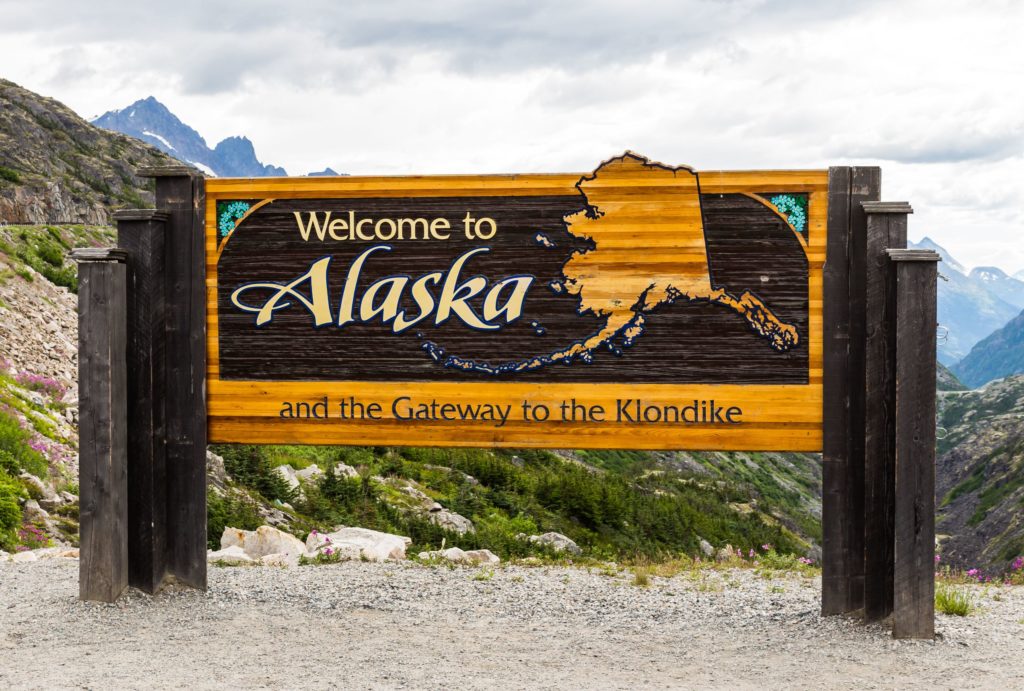
The Danger of Driving in Alaska
With its reputation as a frontier state, you might imagine that Alaskans engage in dangerous activities on a regular basis. It turns out, they do. But this isn’t bear hunting or gold prospecting. This is the same dangerous activity that most of us engage in on a regular basis.
It’s called driving.
Among forms of transportation, the death rate for motor vehicles in Alaska is higher than any other. That makes it more deadly than flying a plane, riding a bike, or sprinting through the wilderness in a snowmobile. (And, historically speaking, Alaska has the highest rate of snowmobile deaths in the country.)
According to the Alaska Department of Labor and Workforce Development, the age-adjusted death rate equaled 9 per 100,000 for motor vehicles in the period between 2015 to 2017. That compares to a figure of 4 for water and air transportation. A similar number for pedestrians and bicyclists reaches just 2.
That means that riding in a car carries more than twice the risk of death as either boats or airplanes. At the same time, it’s more than four times more likely to cause a fatal accident than riding a bike or simply walking the streets.
This danger varies by region. The Alaska Department of Labor and Workforce Development data also suggest that the rate of serious transportation-related accidents reaches its highest levels in the more rural parts of the state. In a state like Alaska, this can get particularly dangerous. Given the long distances between hospitals in the rural areas, a serious accident in a secluded spot can easily turn deadly.
Alaskans might like their open wilderness. But they aren’t reckless. Given the danger of car travel, the people of the Last Frontier take the necessary steps to keep themselves safe.
As we’ve seen, Alaska has one of the highest seat belt use rates in the country. At the same time, the state has specific guidelines for the use of both seat belts and car seats.
Alaska Car Seat Laws and Seat Belt Laws
If you are living in Alaska, or even headed there for a trip, you need to know the driver safety expectations. It’s important to understand the laws that regulate car seats and seat belts. You can find the text of the regulations here.
To simplify things, we’ve broken them down for easy reference.
What Are Alaska’s Car Seat Laws?
Motor vehicles can be dangerous for anyone. However, they pose a heightened risk for young people.
Statistics show that car and truck accidents represent the top cause of both injury and death for children. Figures compiled by the CDC show that nearly 100,000 kids are injured each year due to motor vehicle crashes. Sadly, these also result in hundreds of deaths.
That’s what makes car seats so important. Here are the laws that apply in Alaska:
Rear-Facing Car Seat
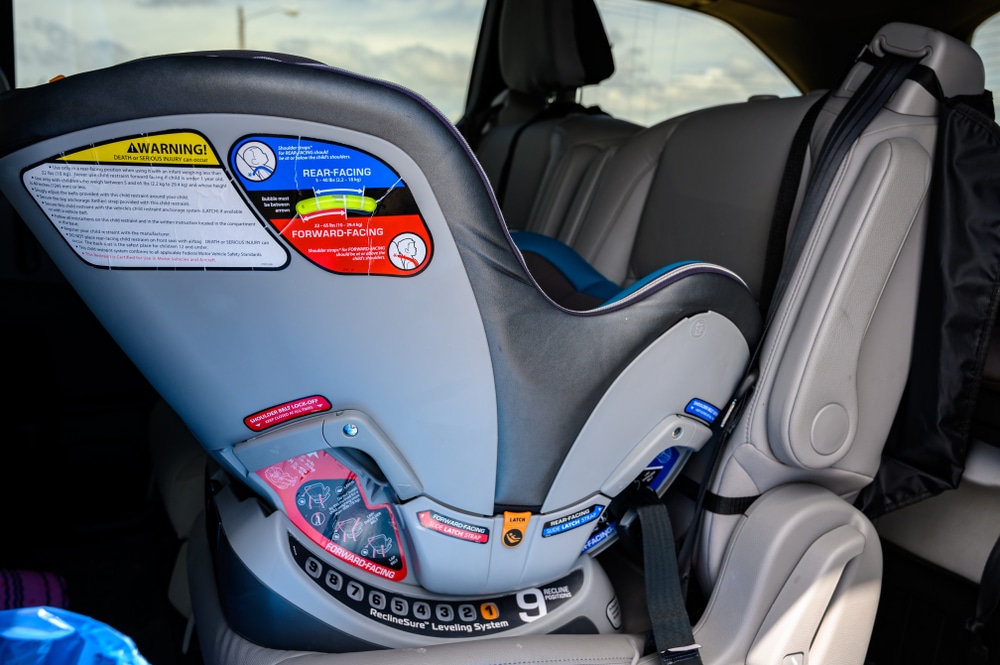
The youngest children are safest in a rear-facing car seat. This resembles the typical device, except, when strapped in, the child looks towards the back window. Alaska law requires this kind of car seat in the following situations:
- The child is less than a year old
- OR the child weighs less than 20 pounds
Forward-Facing Car Seat
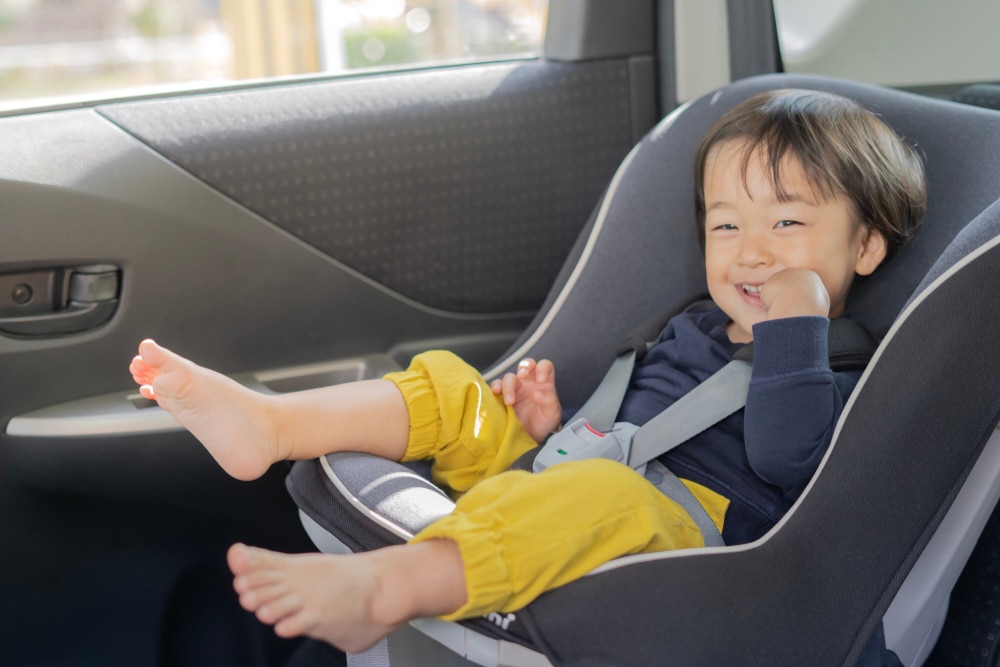
This is the standard item people usually think of when contemplating a car seat. It includes five-point restraints, with the child facing toward the front of the car. Once a child outgrows the rear-facing model, they should sit in a forward-facing version until they reach the requirements for a booster seat (noted below).
Booster Seat L
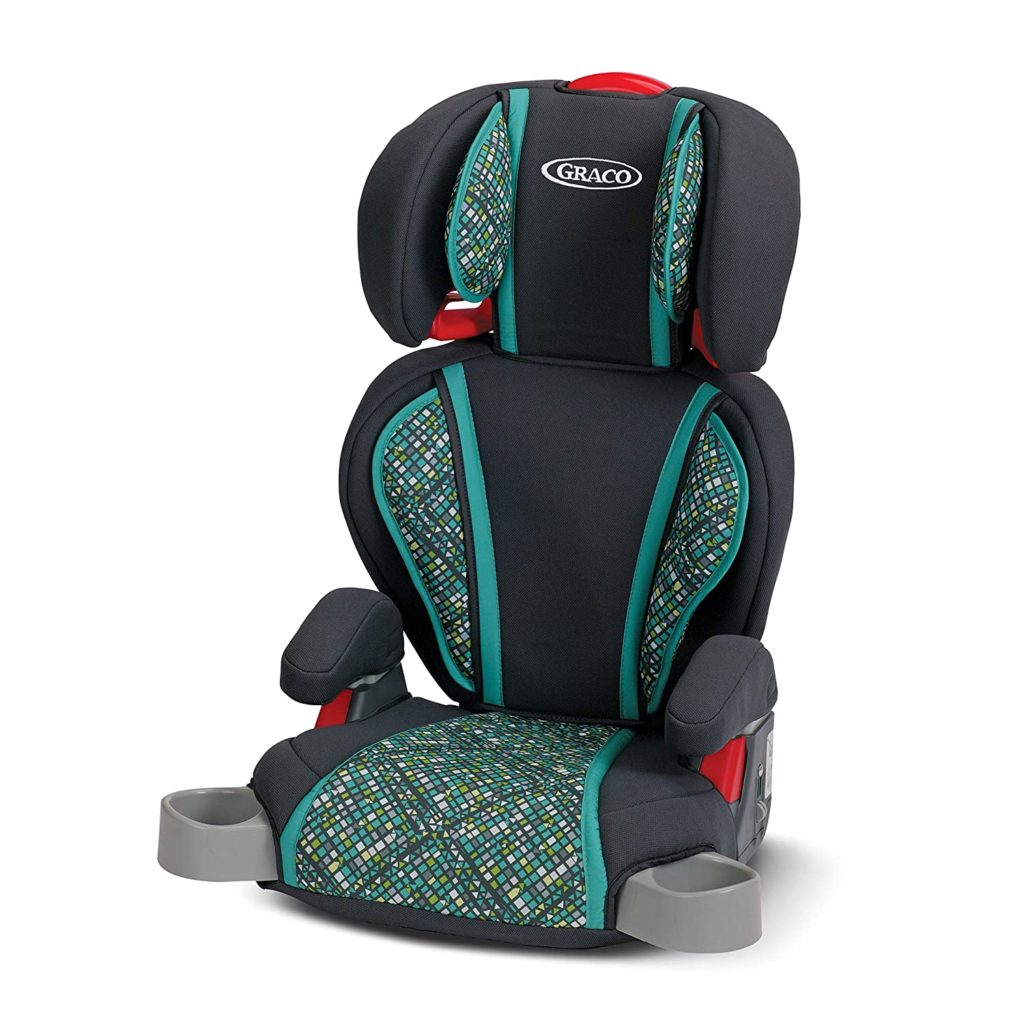
The main safety restraint with a booster seat comes from the seat belt. However, children are too short for a seat belt to work effectively. Therefore, a booster is needed as a supplement. Here are the booster seat laws in Alaska:
- The child has outgrown forward-facing car seat
- The child is over 4 years old, but under 8 years old
- The child is under 57 inches tall (4’9”)
- OR the child weighs less than 65 pounds
What Are Alaska’s Seat Belt Laws?
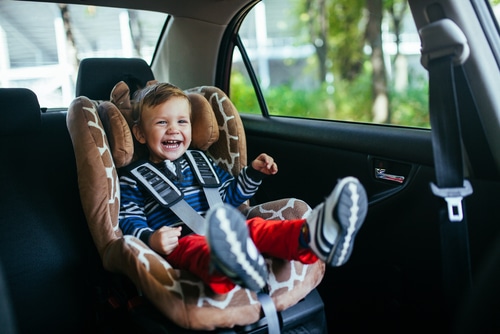
Seat belts are mandatory in Alaska, as they are in most states in the U.S. (Only New Hampshire has no safety-belt requirement.)
Alaska’s law goes a step further than a simple mandatory seatbelt, though. The driver of the vehicle also has responsibility for everyone in the car. That means that not only do they have a legal obligation to buckle up themselves. They need to ensure that the other passengers are using their belts as well.
Alaska seat belt law is backed up by potential penalties. Anyone over 16 who doesn’t buckle up could cost the driver $15 in fines.
The punishment more than triples when a child is involved. For passengers under 16, the lack of a seat belt will lead to a potential fine of up to $50. This also applies to any violations of the Alaska car seat laws listed above.
There are some exceptions to Alaska’s seat belt law. Some vehicles and certain situations are considered exempt from the mandatory requirement. Here are the biggest examples of special cases:
- Mail or newspaper delivery.
- Riders on a school bus…though, if the bus is required to have seat belts, those belts need to be buckled.
- Older vehicles…specifically those made before 1965 that did not have seat belts as part of their original features.
- Passengers in an emergency vehicle, like an ambulance.
Learning the Alaska’s Laws
The rules concerning seat belts and car seats can be confusing. Each state has its own requirements. New arrivals and visitors need to research the applicable laws before driving in the jurisdiction. Meanwhile, even many long-time residents might not know all the details.
For Alaska, this means understanding the mandatory seat-belt law. Drivers are responsible for themselves and their passengers, or else they face potential fines. At the same time, vehicle operators also have to comply with Alaska car seat laws. Following these rules help Alaskans battle the dangers of transportation in one of the wildest landscapes in the country.
